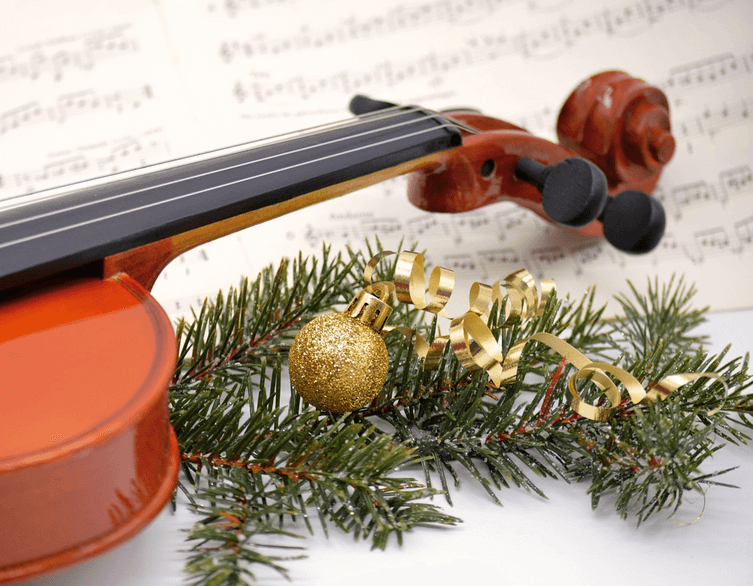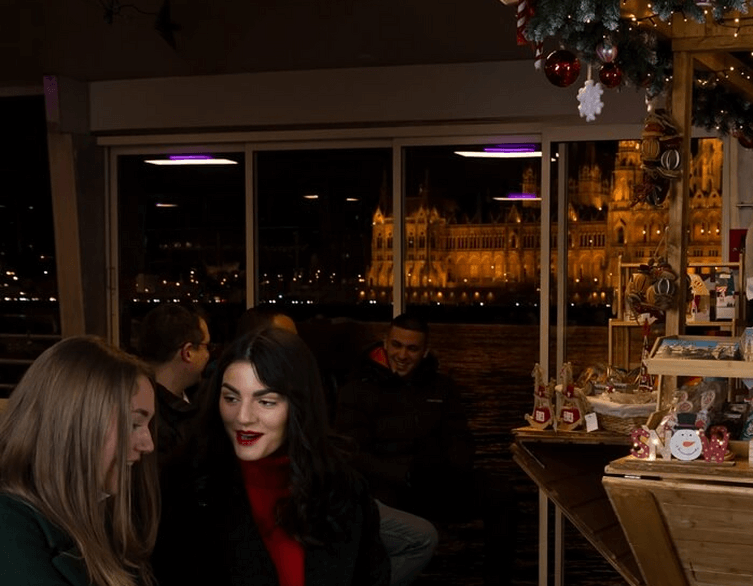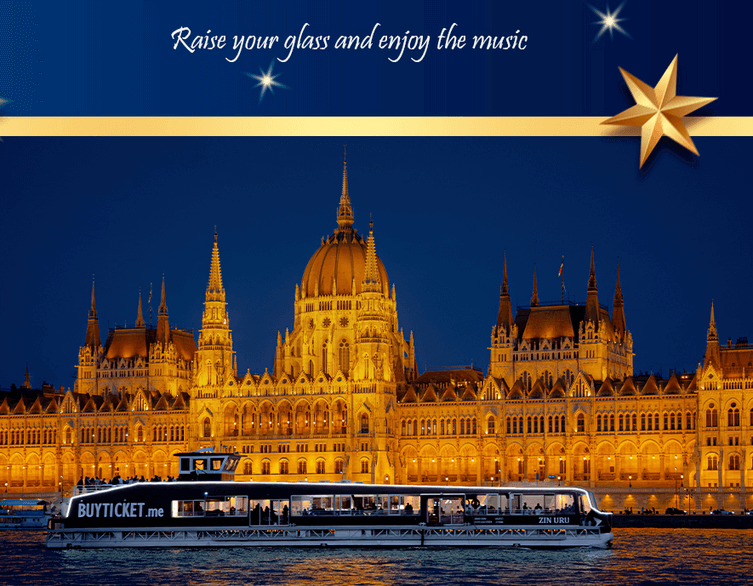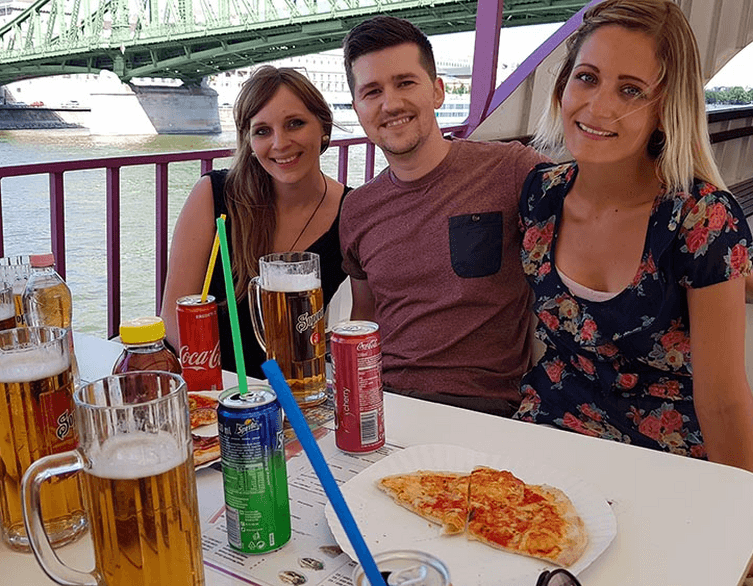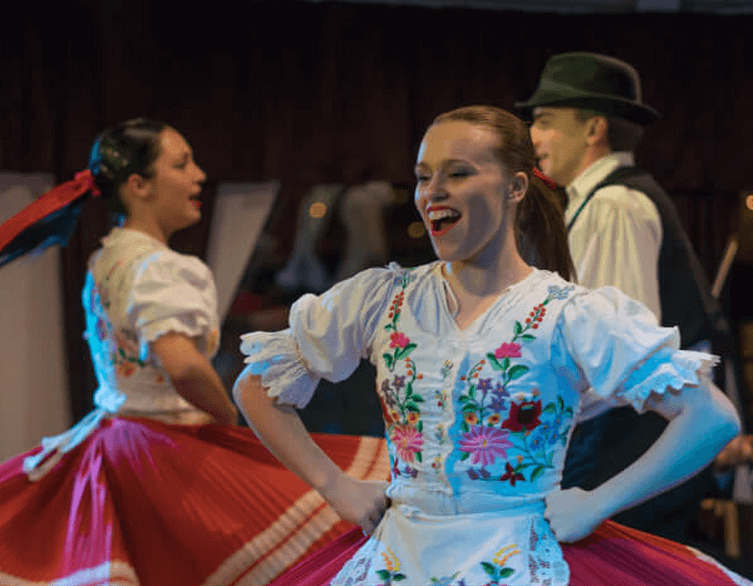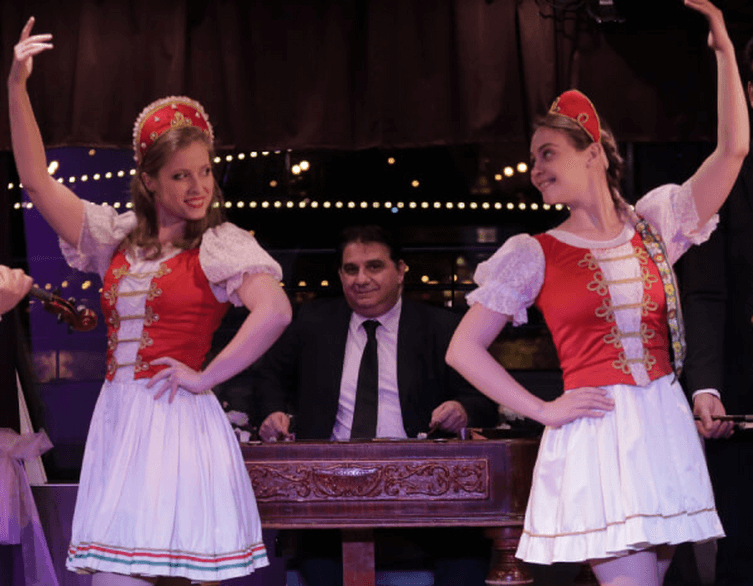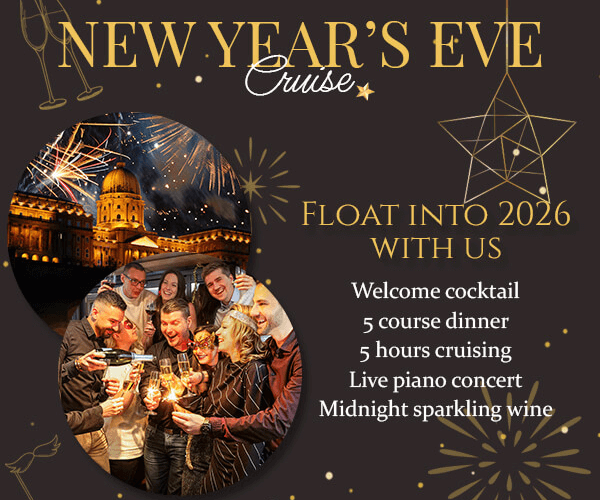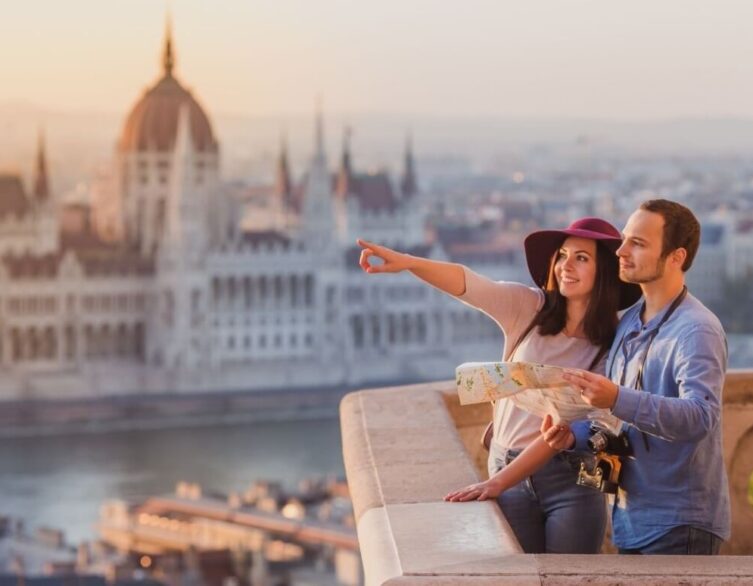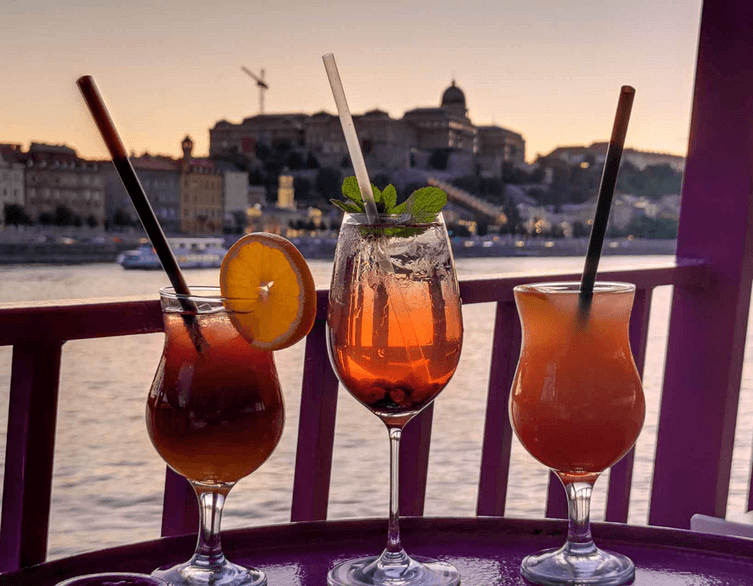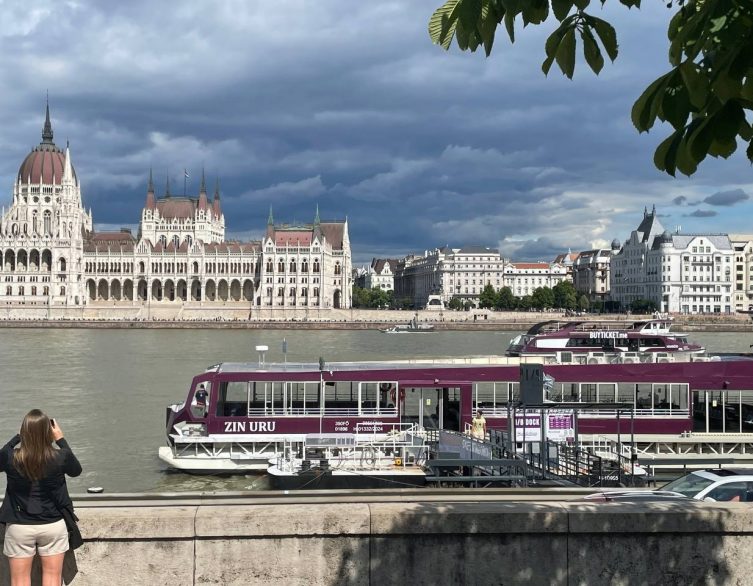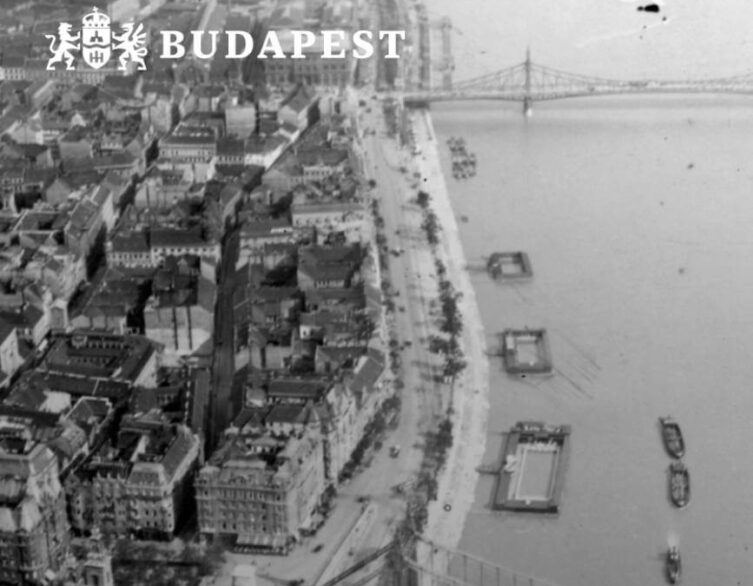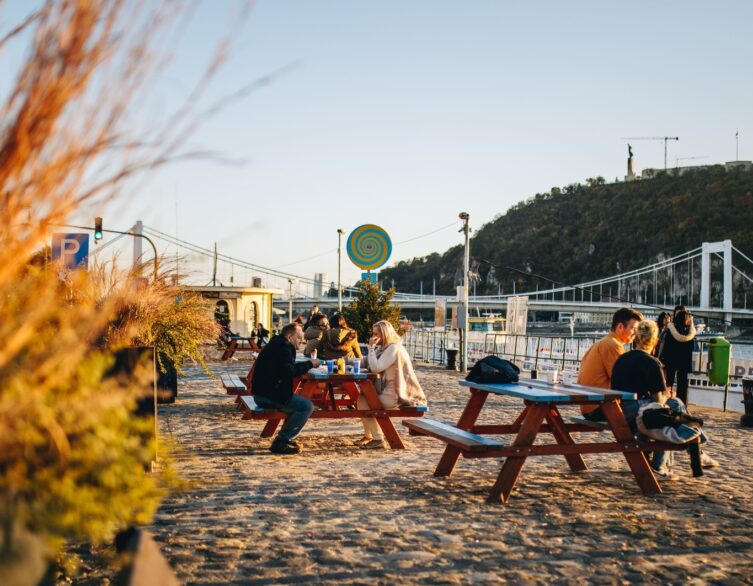The Danube and Budapest: A Changing Relationship Through the Lens of Fortepan and Valyo
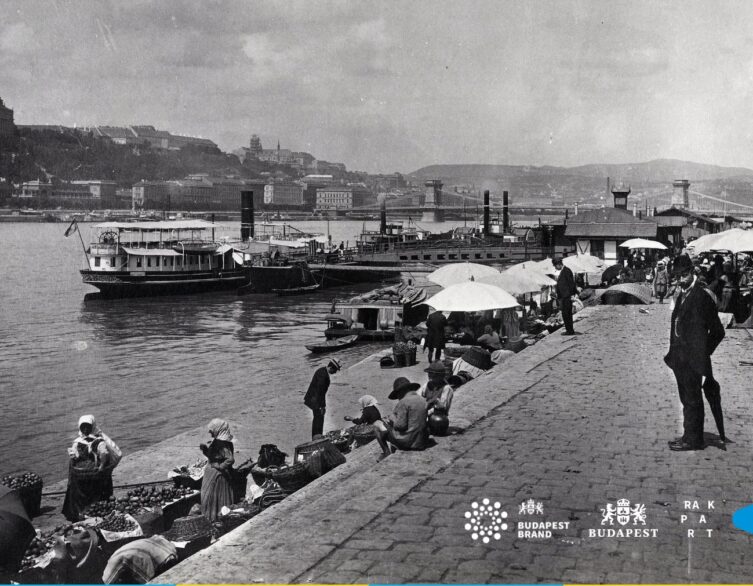
The Danube River has been an integral part of Budapest’s history, culture, and daily life for centuries. As the city evolved, so did its relationship with the river. This article explores how the people’s connection to the Danube has transformed over time and highlights the unique initiatives by the Valyo Association, such as the Fortepan + Valyo ≈ Duna+Budapest+Fotó programs, which aim to celebrate and preserve this special bond.
The Danube Through the Ages
For centuries, the Danube has served as a vital lifeline for Budapest, providing water, transportation, and a source of livelihood. In the past, the riverbanks were bustling with activity, from fishing and trading to leisure and recreation. The iconic Danube promenade, or “korzó,” was a popular spot for socializing, strolling, and enjoying the scenic views.
As the city grew and modernized, the relationship between the people and the river began to change. The construction of embankments and bridges altered the natural landscape, while industrialization brought new challenges and opportunities. Despite these changes, the Danube remained a constant presence, shaping the city’s identity and inspiring generations of artists, writers, and photographers.
Fortepan + Valyo ≈ Duna+Budapest+Fotó
In recent years, the Valyo Association has taken the lead in reconnecting Budapest’s residents and visitors with the Danube through innovative programs and events. One such initiative is the Fortepan + Valyo ≈ Duna+Budapest+Fotó, a collaboration between Valyo and the Fortepan photo archive.
Best deals of Budapest
This unique project aims to showcase the rich history of the Danube and Budapest through a series of exhibitions, workshops, and interactive events. By combining vintage photographs from the Fortepan archive with contemporary images and activities, the program offers a fascinating glimpse into the past and present of the river and the city.
Visitors can explore the “DUNA – A legszélesebb sugárút” (Danube – The Widest Avenue) exhibition, which features a curated selection of historical photographs depicting various aspects of life along the Danube, from swimming and sports to transportation and commerce. The exhibition also includes installations and artworks by contemporary artists, such as Rácz Lőrinc – árté’s “Dunavízió” and “Folyékony fény,” which offer a fresh perspective on the river’s beauty and significance.
In addition to the exhibitions, the Fortepan + Valyo ≈ Duna+Budapest+Fotó program offers a range of engaging activities, such as guided walks along the riverbank, analog photography workshops, and even swing dance lessons. These events encourage participants to rediscover the Danube and its surroundings, fostering a deeper appreciation for the city’s heritage and natural beauty.
As Budapest continues to evolve, initiatives like the Fortepan + Valyo ≈ Duna+Budapest+Fotó program play a crucial role in preserving and celebrating the city’s special relationship with the Danube. By bringing together the past and present through photography, art, and community events, these projects help to ensure that the river remains a vital part of Budapest’s identity for generations to come. For visitors to Hungary, exploring the Danube and participating in these programs offers a unique opportunity to connect with the city’s rich history and vibrant culture.
Image source: https://www.facebook.com/budapestmindenkie
Related news


